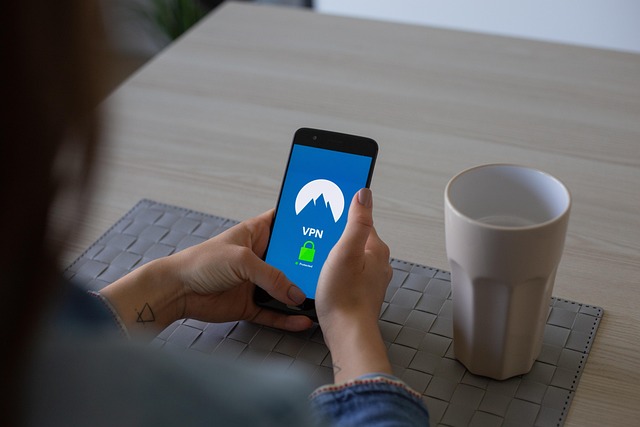How Many IP Addresses Are There? A Complete 2025 Guide

The internet runs on a fundamental system of identifiers known as IP addresses. Every device connected to the internet, from your smartphone to massive data center servers, needs a unique IP address to communicate. But have you ever wondered exactly how many IP addresses there are? In 2025, the answer is more complex than you might think, especially with the coexistence of IPv4 and IPv6.
In this guide, we’ll break down the total number of IP addresses, explain why IPv4 ran out, and explore how IPv6 opens up virtually limitless possibilities.
What Is an IP Address?
An IP address (Internet Protocol address) is a numerical label assigned to each device connected to a computer network. It serves two primary purposes:
- Identification – It uniquely identifies a device on a network.
- Location – It provides the location of the device in the network structure.
There are two main types of IP addresses in use today: IPv4 and IPv6.
How Many IPv4 Addresses Are There?
IPv4, developed in the early 1980s, uses a 32-bit address format. This means the total number of unique IPv4 addresses is:
2³² = 4,294,967,296 (about 4.29 billion addresses).
However, not all of these addresses are usable for public internet connections. A significant portion is reserved for:
- Private networks (e.g., 192.168.x.x, 10.x.x.x)
- Multicast
- Testing and research
- Special purposes
As a result, the number of IPv4 addresses available for public use is much smaller, around 3.7 billion.
Check Also:-
- Linux Server Hosting
- Managed Linux Dedicated Server Hosting in India
- Linux server price in India
- Linux Dedicated Server Hosting
- Linux Dedicated Server
- Linux Dedicated Server in India
- Dedicated Linux Server
- Managed Linux dedicated server
- Linux dedicated server India
- Best Linux dedicated server
- Linux dedicated hosting
The IPv4 Shortage
By 2011, IPv4 addresses were essentially “sold out” by the Internet Assigned Numbers Authority (IANA). Regional internet registries have since been redistributing, reclaiming, and selling IPv4 addresses to meet demand. With the growth of smartphones, IoT devices, and cloud computing, the need for more addresses became urgent — and this is where IPv6 comes in.
How Many IPv6 Addresses Are There?
IPv6 uses a 128-bit address format, making the number of unique addresses astronomically large:
2¹²⁸ = 340,282,366,920,938,463,463,374,607,431,768,211,456 (that’s 340 undecillion).
To put it in perspective:
- Every grain of sand on Earth could have trillions of IPv6 addresses.
- It’s enough to assign millions of addresses to every person alive today, and still have plenty left over.
This huge supply means IPv6 can support the future growth of the internet for centuries to come.
IPv4 vs IPv6 in 2025
While IPv6 adoption is increasing, IPv4 is still widely used due to compatibility issues and the cost of upgrading legacy systems. Many networks now operate in dual-stack mode, meaning they support both IPv4 and IPv6.
In 2025:
- IPv6 adoption is above 45% globally, according to Google’s statistics.
- Large tech companies like Google, Amazon, and Microsoft already run their services on IPv6 alongside IPv4.
- Governments and ISPs in countries like India, the U.S., and Germany are pushing for full IPv6 transition.
Why Does It Matter How Many IP Addresses Exist?
Knowing the limits of IP addresses helps us understand:
- Internet growth challenges – IPv4’s limits necessitate complex workarounds, such as Network Address Translation (NAT).
- Future-proofing – IPv6 ensures that new technologies, such as smart cities, autonomous vehicles, and massive IoT networks, can scale without address shortages.
- Security improvements – IPv6 includes better built-in security features compared to IPv4.
Read Also:- Why Is IP Address Important
The Bottom Line
In short:
- IPv4: ~4.29 billion total addresses, most already allocated.
- IPv6: ~340 undecillion addresses, essentially unlimited for practical purposes.
As the internet continues to expand in 2025, IPv6 will be the backbone of future connectivity, ensuring that every device, from your watch to entire industrial systems, has a unique, secure, and reliable IP address.
The question “How many IP addresses are there?” has two answers: billions (IPv4) and practically infinite (IPv6). The future belongs to IPv6, and the shift is well underway.

